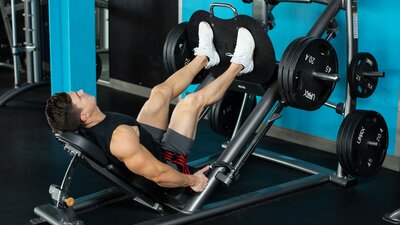Muscle-Growth Mistakes | Chest Mistakes | Shoulder Mistakes | Triceps Mistakes | Back Mistakes | Leg Mistakes | Calf Mistakes | Ab Mistakes
Diehard lifters will tell you that leg day is the most important training day of the week. It's the one where your body gets the loudest, clearest message to grow. It's also the day when you perform many of the best overall muscle-building movements with intensity and purpose—hopefully, anyway!
So, what can go wrong? Plenty. Here are the mistakes that most commonly keep leg days from being all they should be, and what you can do to fix them.
Mistake 1: Looking for the Easy Way Out
A few brave souls embrace leg day with such passion that if they're able to walk out of the gym without limping, they feel like they didn't work hard enough.
The rest of us, well, we cut corners here and there. Stop pushing when we had more reps. Do unweighted lunges when we could have added weight or done a more advanced variation. Feel called out? You should!
A Better Way: If you want to build better legs, you're going to have to challenge them to a greater degree than you currently do. This is the day to take a pre-workout and leave your comfort zone. Choose more difficult exercises, like free-weight squats rather than that cozy leg press. Push yourself harder mentally and physically!
Mistake 2: Setting Yourself Up for Knee Pain
Watch a video of yourself doing the most difficult squat or leg press rep in your workout. What do your knees do? For many lifters—and women in particular—they bend inward.
What's the big deal? This form breakdown increases your risk of injuries like ACL tears, but also simply means you're weak in an important muscle: the gluteus medius. Take it seriously, or you might start having pain (maybe you already are) and missing workouts.
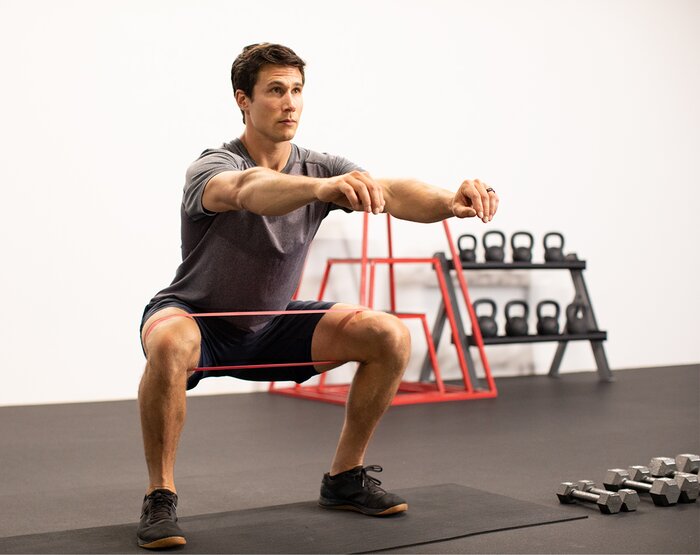
A Better Way: Add in some targeted glute-med work. Here are some popular approaches:
- Do banded squats. Placing a small resistance band around the top of the knees is a great cue to drive your knees outward during the movement.
- Add a daily hips and glutes routine. Doctor of physical therapy John Rusin has one, made of dynamic stretches and band work, in the article, "Protect Your Back with this Daily Routine."
- Train glutes on their own day. Many women have been training this way for years. Learn from their example, men! Training quads on one day and glutes and hamstrings on another allows you to give both the intensity they deserve.
Leg day is better with bands!
Mistake 3: Focusing Too Much on Squat Depth
Once upon a time, squatting "ass to grass" was avoided because it was considered bad for your knees. These days, the pendulum has swung, and hitting as much range of motion as possible is a badge of honor.
The only problem? Posterior pelvic tilt, or the infamous "butt wink." This rounding of the lower back can increase the shear forces on the lumbar spine, which can dramatically increase the risk of lower back injuries. It also takes the load off of the glutes and hamstrings and puts it squarely on the lower back.
In other words: All pain, no gain.
A Better Way: Research suggests that quadriceps activity peaks at 80-90 degrees—basically, when your upper legs are parallel to the ground, while the glutes peak slightly lower. Go as low as your body will allow, but once you're at parallel, you're not losing by going any deeper.
Mistake 4: Neglecting Hamstrings
You may have been under the impression that all those squats and leg presses are "enough" for your hamstrings. Well, they aren't. Muscle-building researcher Brad Schoenfeld, Ph.D., makes a definitive case in "A Scientific Approach to Hamstring Training" that squats basically don't do squat for hammies.
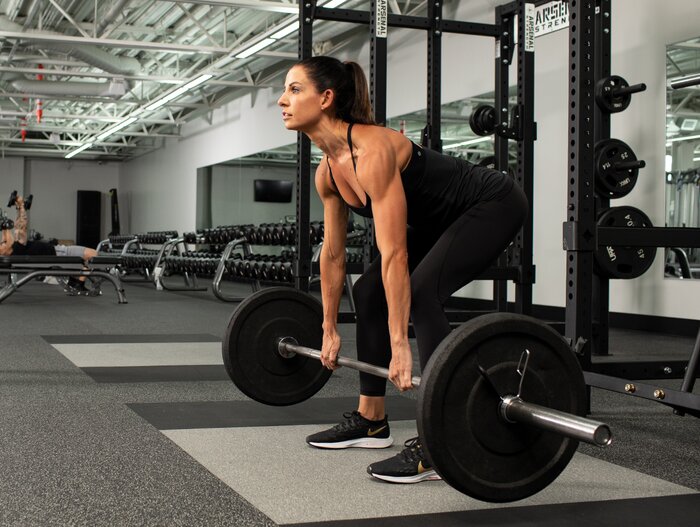
A Better Way: Hit your hammies just as hard as your quads! Schoenfeld says you need at least two movements: a stretch-based movement like RDLs or stiff-legged deadlifts, and a leg curl variation.
If you're splitting up your quad and hamstring workouts like I suggested earlier, this gets a lot easier! Although "easy" isn't the most accurate way to describe Abel Albonetti's hamstring workouts in the popular program 30-Day Legs.
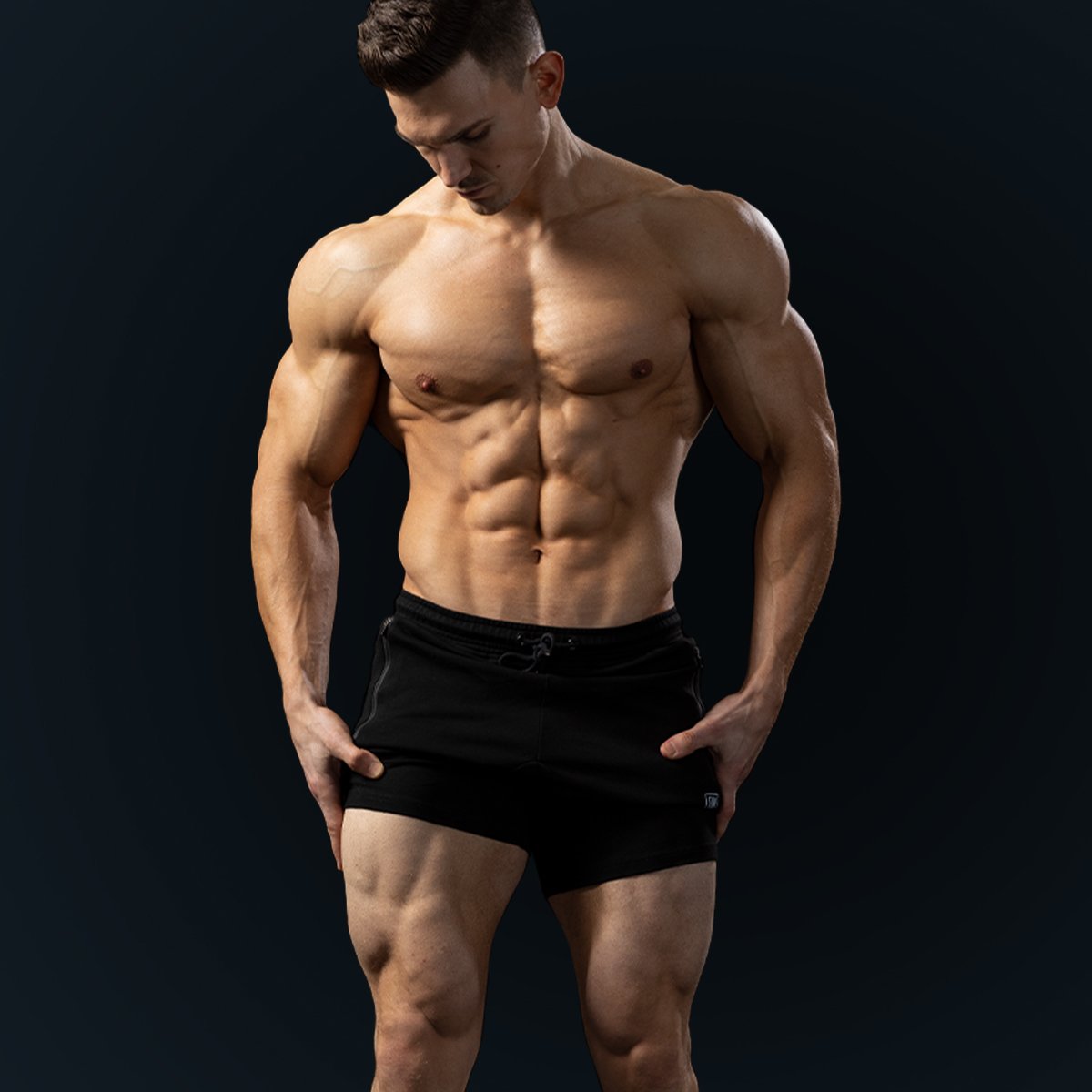
Mistake 5: Trying to Be a Machine Hero
This one can look one of two ways. There's the lifter loading up the leg press like a dump truck to squeeze out a few measly partial reps. And then there's the lifter who heard "more ROM equals more gains" and goes so far down on the leg press or hack squat that their lower back—and maybe their heels—come off of the machine.
Both cases are serious lifting injuries waiting to happen. Aside from the risk of getting squished, both lifters are putting unnecessary stress on the delicate discs in their lower back. It may not feel like a risk at all until, boom, one day you're out of commission.
A Better Way: Take John Rusin's advice and stop going heavy on the leg press. Lighten it up, hit it for a minimum of 15-20 reps per set, and stop each one before your lower back raises off the pad.
Embrace the leg pump and feel the good kind of pain!
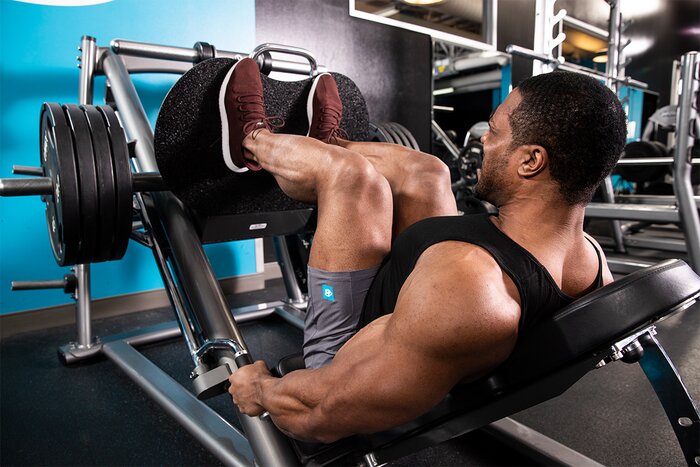
Mistake 6: Training Under-fueled
Not eating enough is a common reason for not gaining muscle, period. But it's also the culprit for why many lifters half-ass it on their leg training. A light breakfast or, god forbid, training legs on an empty stomach is setting you up for sluggish training and disappointing results.
This is the one workout each week that needs a systematic approach!
A Better Way: In "The Ultimate Guide to Leg-Day Nutrition," registered dietician and powerlifter Paul Salter recommends training legs with two solid meals in your stomach, and perhaps an intra-workout cocktail to help keep your energy up. The difference will be one you can feel immediately—and see in the mirror down the road.

